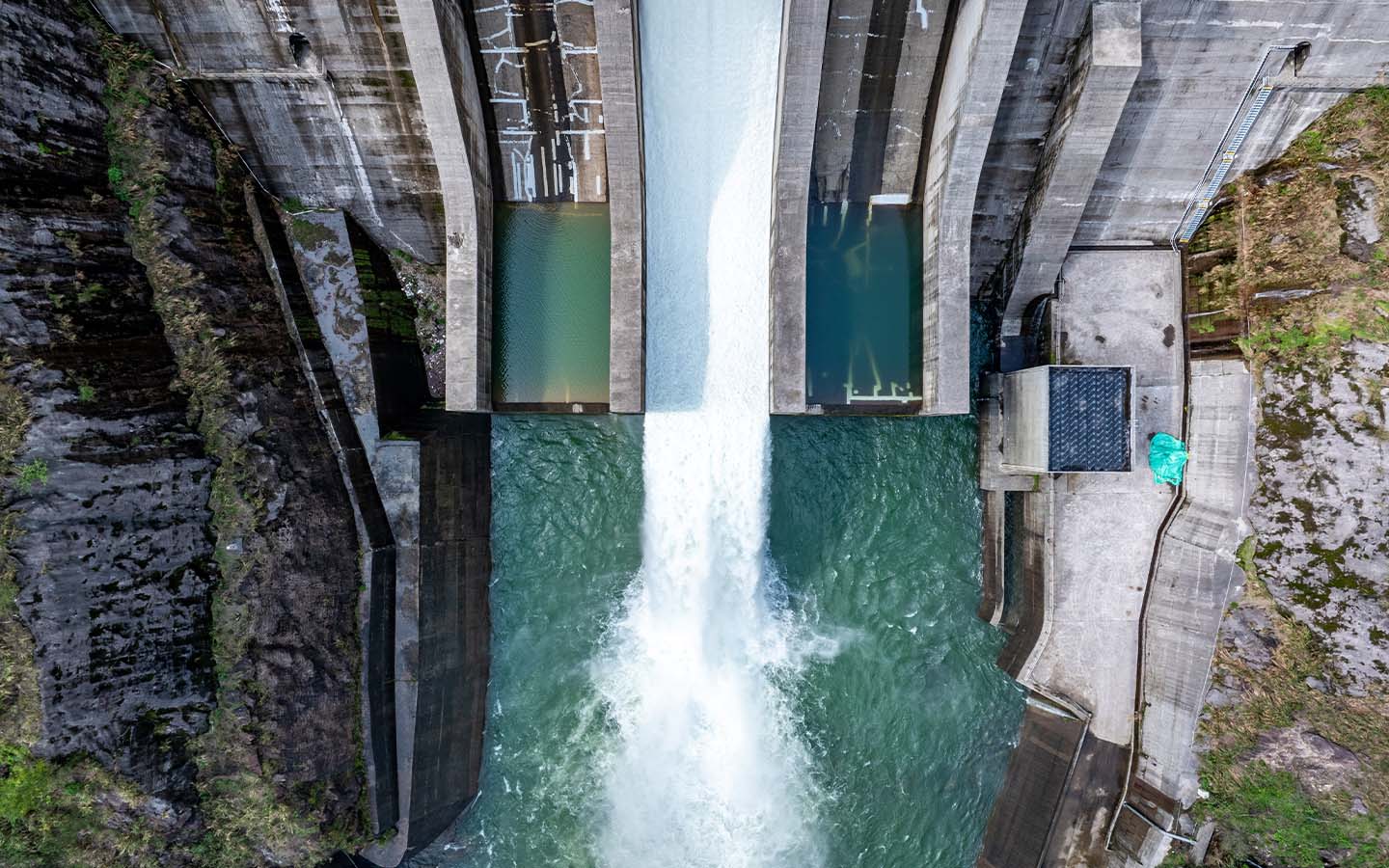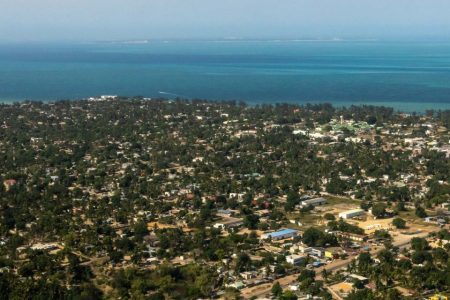The Angolan and Namibian governments have signed an implementation agreement in a significant step toward the construction of a 600-megawatt hydropower plant on the Cunene River, which serves as the natural border between the two countries, reports Portuguese news agency Lusa.
The Baynes Hydroelectric Power Station, named for the nearby Baynes Mountains in Namibia, is budgeted at US$1.51 billion with the majority (US$1.375 billion) going toward construction of the main dam and the remainder allocated to construction of a regulating dam and ancillary structures. Once completed, the station will provide both parties with an equal share of the power generated – 300 MW to each country during the wet season, when it is expected to run at full capacity, but significantly less during the dry season.
João Baptista Borges, Angola’s energy and water minister, told media at the signing ceremony that while the agreement opens many new opportunities for both countries, it also “presents us with urgent legal challenges” in terms of finalising all relevant protocols for the cross-border project.
[See more: Mozambique signs a US$5 billion hydropower deal]
Borges emphasised the need for protocols “inherent in the governance and management of the Common Project Area,” but also for water use, energy sharing, customs control, taxation and other fiscal instruments. Institutionalisation of the Binational Office of Lower Cunene and its installation in one of the countries, as well as the respective responsibility concerning transfer of land for the project, were also deemed “urgent”.
Where Borges urged for construction to begin in 2026, his Namibian counterpart, Tom Alweendo, told press at the signing that funding is expected to be secured by 2026 with construction slated to begin in early 2027. Both men said the agreement marked a significant step forward in their governments’ commitment to complete the project. Construction of the cross-border plant was originally planned to start in 2021, then in 2023.






